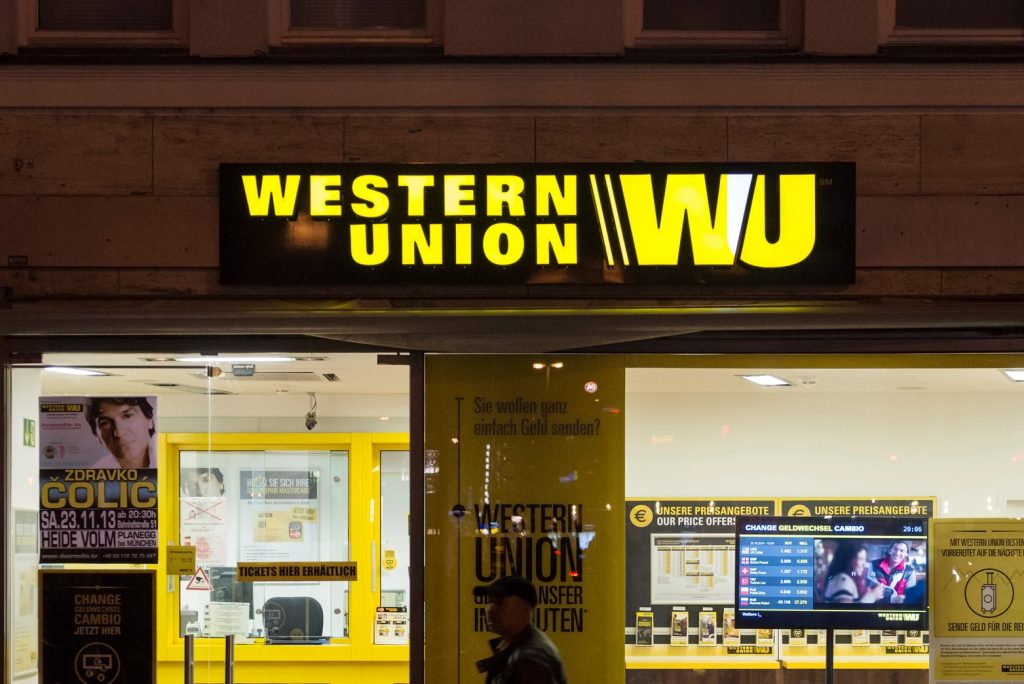What problems does Bitcoin solve?
In a previous post, I shared why Bitcoin exists. In this guide, let’s talk about the problems that Bitcoin solves.
I will share the high-level idea, but get into specifics and how people use Bitcoin on an everyday basis to solve a variety of problems they face.
The high-level problem that Bitcoin solves
If we look at the first Bitcoin proposal (called a whitepaper), we can learn more about the core problem that Satoshi Nakamoto (the anonymous creator) aimed to solve:
“Commerce on the Internet has come to rely almost exclusively on financial institutions serving as trusted third parties to process electronic payments. While the system works well enough for most transactions, it still suffers from the inherent weaknesses of the trust based model.
Completely non-reversible transactions are not really possible, since financial institutions cannot avoid mediating disputes. The cost of mediation increases transaction costs, limiting the minimum practical transaction size and cutting off the possibility for small casual transactions, and there is a broader cost in the loss of ability to make non-reversible payments for nonreversible services.
With the possibility of reversal, the need for trust spreads. Merchants must be wary of their customers, hassling them for more information than they would otherwise need. A certain percentage of fraud is accepted as unavoidable. These costs and payment uncertainties can be avoided in person by using physical currency, but no mechanism exists to make payments over a communications channel without a trusted party.“
– Satoshi Nakamoto
To summarize, Bitcoin was invented to exchange value between two parties without a middle-man like a bank. The middle-man only exists as a way to create enough trust to facilitate the transaction. But using a middle-man creates constraints.
What if there was a way to do this without a middle-man? What if there was a way to create trust between two parties, without the middle-man?
To recap – facilitating trust between two parties, without a third-party in the middle of the transaction is the core problem Bitcoin aims to solve.
Let’s fast-forward from the time of the Bitcoin whitepaper and see how people use Bitcoin today to solve problems with the financial system.
Problems Bitcoin solves today
If we look around the world, we can see a variety of uses for Bitcoin.
1. Sending money across the world (remittances)
Have you ever heard of Western Union? Have you ever seen a sign that looks like this?

Western Union is a public company worth approximately $7 billion dollars that makes it possible to send money to other countries for a hefty fee (known as remittances). The market size for remittances is huge – it will be approximately $1 trillion dollars in 2026.
For example, if you wanted to send $200 to someone in El Salvador, it would cost you $18, or a 9% fee. It also takes time for the money to show up to the recipient. Even in the US, you need to pay a fee to wire money to someone locally.
How Bitcoin helps solve the remittance problem
If someone wanted to send money to another country, they could do this much faster and cheaper, using a product like Strike. You can see how this works in the video below:
Because Bitcoin doesn’t have a middle-man like Western Union, it’s possible to send money faster, for cheaper.
2. A digital way to hold money (like a bank)
Bitcoin can also function like a no-cost bank account, especially for people who do not have a bank account. People without a bank account are called “unbanked.” While it may seem like a strange concept not to have a bank account, the reality is that 2 billion people fit this category. This is approximately 31% of the world’s population.
Compare this number to the percentage of the world that owns a cell phone, which is about 81%. More people have cell phones than banks.
Even in the United States, approximately 6% of US households are unbanked. The reason? For most, it’s because they don’t have enough money to meet the minimum balance requirements.
How Bitcoin helps the unbanked
Someone can easily generate a bitcoin wallet address for free online. Unlike a bank, there’s no minimum reserve requirement either. As long as you know the “password” (also known as the private key), you can access your funds.
Anyone with a smartphone can install one of the dozens of mobile apps that makes it easy to hold Bitcoin. Then, your smartphone will also function like a bank account, without needing to deal with lowlife bankers who love to screw people over.
3. Storing value over time (like a savings account)
The third problem Bitcoin helps solve is due to the fact that there will only be 21 million Bitcoin ever made. This “fixed supply” is one of the most valuable parts of Bitcoin.
Think of fixed supply like a rare painting.

There’s only one of these Mona Lisa paintings. And the painter has been dead for hundreds of years, so there will never be another one made. This rarity (fixed supply of 1) is what makes it so expensive! If there were hundreds of paintings, they would be worth much less.
A similar principle exists with Bitcoin!
There’s only 21 million Bitcoins that will ever be created. Like other rare items, the price tends to rise over time because of scarcity. The price rises faster if there’s a lot of demand, or the number of people who want to own Bitcoin grows.
This is why people like Michael Saylor (CEO of a public company) have purchased Bitcoin as a way of storing value over time.
Right now, if you put your money in a savings account, you would earn .25% or so. This is a joke.
Considering the inflation rate is 6%, you would lose over 5% of your money every year putting your money in a savings account at the bank.
That’s like if someone robbed you and stole 5% of your money every year. Doesn’t that feel wrong?
That would be like a boss who decided to pay you for 38 hours of work, but you worked a full 40-hour week. It’s robbery.
My parents taught me the importance of saving when I was young, but that was based on a time when you could earn real money putting money into savings. Those days are gone!
You need a new way to preserve your earnings over time. Bitcoin makes it profitable to save your money again. You don’t need to ditch the principles your parents taught you. Instead, you need to change the way you store money.
Since Bitcoin started, the price has grown at a rate of 200% annually. This is unheard of when compared to other assets, like gold, bonds, and stocks.
Bitcoin is much more volatile than other assets. The price is constantly going up and down, which can terrify people who are new owners. Over time, you get used to it (if you don’t sell early).
If you consider the risk vs. the return, it’s still the best performing asset.
Overall, Bitcoin can act like a digital savings account that constantly grows over time. Just be prepared for wild swings in price. After all, scared money don’t make money.
4. Bitcoin mining acts like a garbage collector for low-cost power sources
Another problem that Bitcoin solves is a result of how Bitcoin mining works. This is not a super practical use-case if you just plan on buying Bitcoin and holding on to it, but it’s something you should know about!
Basically, there’s a group of people who want to keep the Bitcoin network safe…and get paid for it. They will setup tons of special computers that run math calculations to earn Bitcoin. It looks something like this:
The people that mine Bitcoin will look for cheap sources of power, because it increases their profit margins. This makes it really great to find stranded or excess energy that cannot be sold on the market.
Let’s use an example – imagine a hydropower dam that is located thousands of miles away from people who want to buy the electricity. You could install power-lines, but it would be way too expensive. Or you could use the waste energy to mine Bitcoin instead!
To illustrate this point, let’s look at what Great American Mining is doing.
A gas well (shown above) flares excess gas because it has no use for it. This isn’t great for the environment. Instead of letting the gas escape, the gas is used for Bitcoin mining.
This is a win-win. You can reduce the amount of gas that escapes into the environment, and make money at the same time. That’s a win for the business, and the environment!
Looking to the future: streaming money?
At the beginning of this blog post, the anonymous creator of Bitcoin talked about how the current financial system makes it really difficult to send small amounts of money, cheaply. But Bitcoin fixes this.
Imagine if you could stream money to a friend like you stream Netflix movie? For example, instead of renting a movie on Amazon for $2.99, you could pay based on how many minutes of the movie you watched?
What if you could get your paycheck paid based on the number of minutes you worked?
When the cost to send value (money) is low, you can do all kinds of cool things that was previously impossible. Another example – you could charge people a small amount of money to read a news article:
The list goes on and on! When you create digital money that works on the internet, there’s a ton of new things you can build that was previously impossible.
In conclusion: Bitcoin solves a variety of real-world problems
Bitcoin solves several real-world problems. It’s not funny money, fake gold, or a toy. It’s a game-changing piece of technology that will change the way we store and send money.